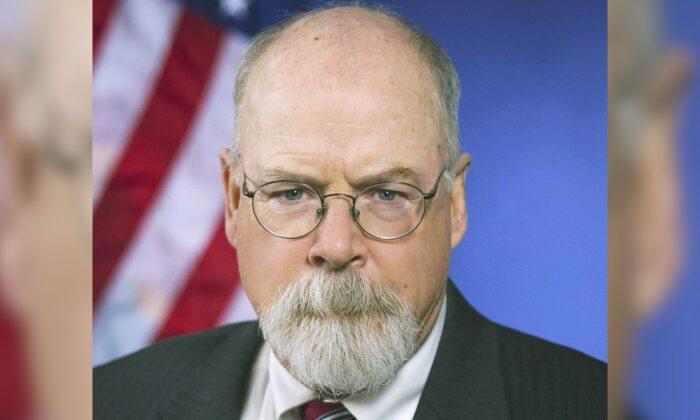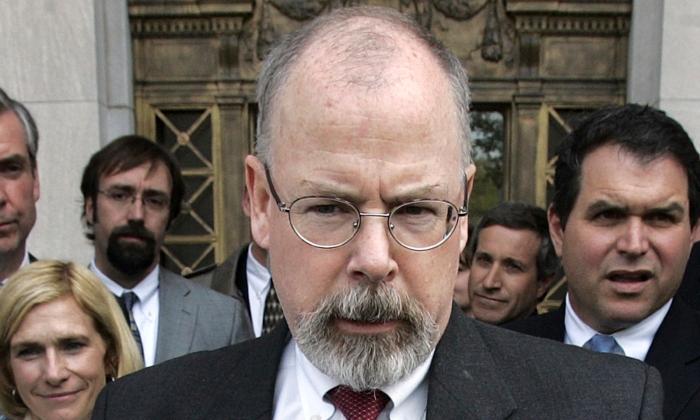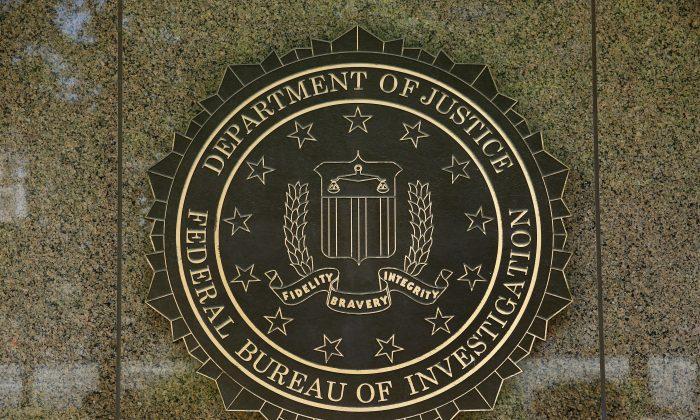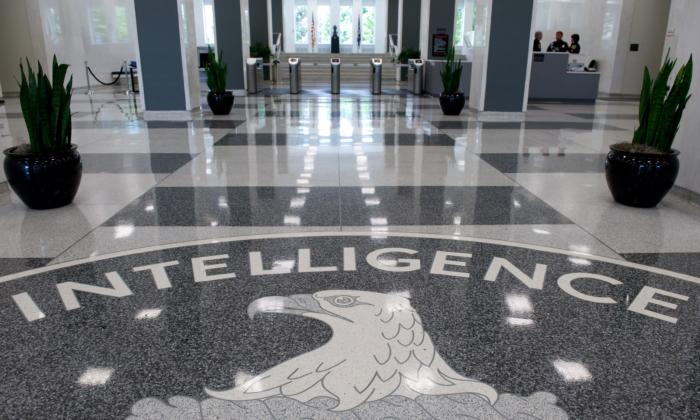It’s not speculating or engaging in conjecture to say it can be known when Durham began probing Spygate. Text messages from several targets of Durham’s probe nail it down to a specific month when Durham was given the job.
Trump Raises Durham’s Profile
After former President Donald J. Trump made a statement about Durham on March 26, saying “Where’s Durham? Is he a living, breathing human being? Will there ever be a Durham report?” just a few days later, CNN is publishing this report providing a slanted Durham update.Trump knows Durham is a real person, and that every special counsel’s office, after concluding its investigations and prosecuting targets if it found sufficient evidence to do so, issues a final report to the attorney general.
What Trump did with his brief statement is put Durham in the news again. CNN evidently responded to Trump by sending reporters to try to get leaks out of a group of investigators who haven’t leaked about their work in four years. And the reporters, Katelyn Polantz and Evan Perez, are claiming they succeeded in their mission.
“Investigators with Durham’s office—having been delayed by pandemic restrictions last year—are now arranging witness interviews, according to people familiar with the probe. Grand jury subpoenas also were being used to gather documents in recent months, the sources said.”You know who’s familiar with Durham’s probe? Just about anybody in Washington who reads the news. Note how purposefully vague that description of the sources is.
What most likely happened here is that CNN’s reporters found some low-level staffers at the Department of Justice to parrot back to them the narrative about Durham “puttering around” that they wanted to run with, assuming these shadowy sources are real in the first place.
Why You Can’t Trust Fake News’s Anonymous Sources
Does anybody remember the New York Times’ Miles Taylor fiasco from just a few months ago?It was back in early 2018 that an opinion editorial by a supposedly high-ranking Trump administration insider writing under the alias “Anonymous” appeared in the New York Times.
In that op-ed, the writer claimed to be part of an organized group of people inside Trump’s administration called “The Resistance” who were deliberately sabotaging the new president’s policies while seeking to remove him from office.
The reason so much intense speculation was garnered by the Anonymous story was the media’s own excitement at the narrative of Trump being sabotaged right under his nose by one of the people he brought into the White House with him.
The speculation continued for months. Was Anonymous Gen. John Kelly? Was it Vice President Mike Pence? Could it be Reince Priebus? Or Nikki Haley? Columnist and provocateur Ann Coulter caustically wondered if Anonymous was Trump’s own son-in-law, Jared Kushner.
There’s no question that to hype the Anonymous op-ed, the NY Times vastly inflated Taylor’s resume. As long as their audience didn’t know he/she was only one of hundreds of minor staffers at the Department of Homeland Security, the NY Times could make all kinds of fantastic claims about who Anonymous was.
The Anonymous Source Is Never Who They Want You to Imagine It Is
Corporate media outlets will never show you who’s really giving their reporters these clandestine leaks. And they have a reason for that.How many times in the past couple of years have reporters found some low-level staffer at a federal agency, got them to parrot back the narrative the reporter and the editors want to run with, and then inflated the anonymous leaker’s resume to give the story more impact? You don’t know, and these media outlets will never tell you.
They want the readers to imagine the intrepid reporters whispering in the shadows to high-ranking people, powerful and important officials, instead of what’s often the reality: the reporter is getting office scuttlebutt from some low-level employee who works in a cubicle far from the top floor.
There’s another variation of this sordid fake news tactic: when political operatives approach a media outlet with a story they want to see published to either damage a foe or cover up for an ally.
Want an example of that?
Of course the story wasn’t true, as the FBI investigation found, but this kind of thing is about launching the narrative and using it for political capital. In that sense, the operation worked beautifully.
If at the time the Trump server/Alfa Bank story was being hyped in the mainstream media it had been known the sources spreading the story around were paid political operatives in the employ of the Hillary Clinton campaign, how far would the story have actually gotten?
For these kinds of anonymously sourced stories, it’s always either a low-ranking coffee fetcher or it’s some political operative planting a story with the media on behalf of paying clients.
Anybody who’s still falling for this fake news trick is falling for it because they want to. Many people seek out news stories that will confirm their biases. The story fits what they already want to believe, and so they quickly seize on it as some kind of proof when it’s not.
Delusions of Grandeur
Present-day reporters are living out a fantasy in which they’re a new generation of intrepid Woodwards and Bernsteins, getting the key inside scoops from highly placed officials within federal agencies about matters of the utmost importance.As the original Bob Woodward and Carl Bernstein helped bring down the Richard Nixon presidency and drive him from office, many of today’s corporate media journalists saw themselves helping to drive Trump from office by supposedly catching him in major scandals.
D.C. was full of reporters all chasing their equivalent of The Holy Grail: the scoop that would force Trump out of the White House.
And now that Trump is gone, they still see themselves as new manifestations of Woodward and Bernstein.
But none of this was real. All the juicy leaks from the FBI and the Mueller probe about the supposed Trump/Russia collusion were bogus.
That’s why I don’t believe Polantz and Perez that they managed to crack the Durham Wall of Silence.
And you shouldn’t either.





Friends Read Free